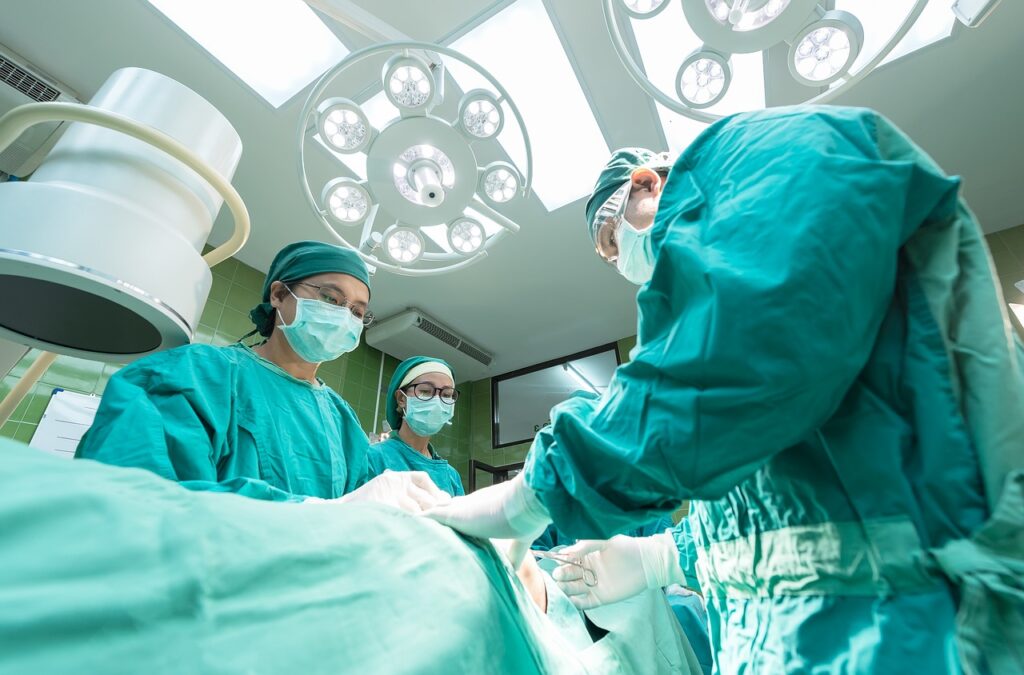Neoadjuvant Treatment,
Neoadjuvant treatment is defined as the therapy administered before the “main treatment”, which is usually surgery. The purpose is to shrink the tumour before the surgery with the intention of having a more successful surgery. Neoadjuvant treatment is now a standard with many different types of cancer, including rectal cancer.
Let’s take a look at a 2021 conducted at the Department of Radiation Oncology at the Yonsei University Wonju College of Medicine in Korea.
Without getting into the weeds, let me summarize the main findings of interest for our readers on this study.
- There were 120 patients with locally advanced enrolled between 2012 and 2017.
- All patients received neoadjuvant treatment 6-8 weeks before their surgery.
- 62 patients received neoadjuvant modulated electro-hyperthermia (mEHT) using the Oncotherm EHY2000+ device that we use at IHC), in addition to the standard 5-FU chemotherapy + radiotherapy (RT)
- 58 patients received only neoadjuvant 5-FU chemotherapy + RT (non-mEHT group)
- Statistically significant results were as follows:
- Median RT dose was significantly lower in mEHT group (40Gy vs. 50.4 Gy)
- Down-staging (shrinkage) occurred in 80.7%-mEHT vs. 67.2% non-mEHT
- In large tumours (>65cm3) tumour regression 31.6%-mEHT vs. 0% non-mEHT
- Gastrointestinal toxicity was 64.5%-mEHT and 87.9%-non-mEHT
- 2-year disease-free survival 96%-mEHT and 79% non-mEHT
So, what’s the summary? By adding mEHT to the neoadjuvant chemotherapy and radiotherapy typically used for locally advanced rectal cancer, patients were able to use lower doses of RT, while achieving statistically significant better outcomes, with fewer side effects. Now that is like having your cake (non-sugar, non-flour cake of course 😉 and eating it too!
Sunghyun Kim , Jun Hyeok Lee , Jihye Cha & Sei Hwan You (2021). Beneficial effects of modulated electro-hyperthermia during neoadjuvant treatment for locally advanced rectal cancer. International Journal of Hyperthermia, 38:1, 144-151. DOI:10.1080/02656736.2021.1877837
Dr. Gurdev Parmar, ND, FABNO(USA)


